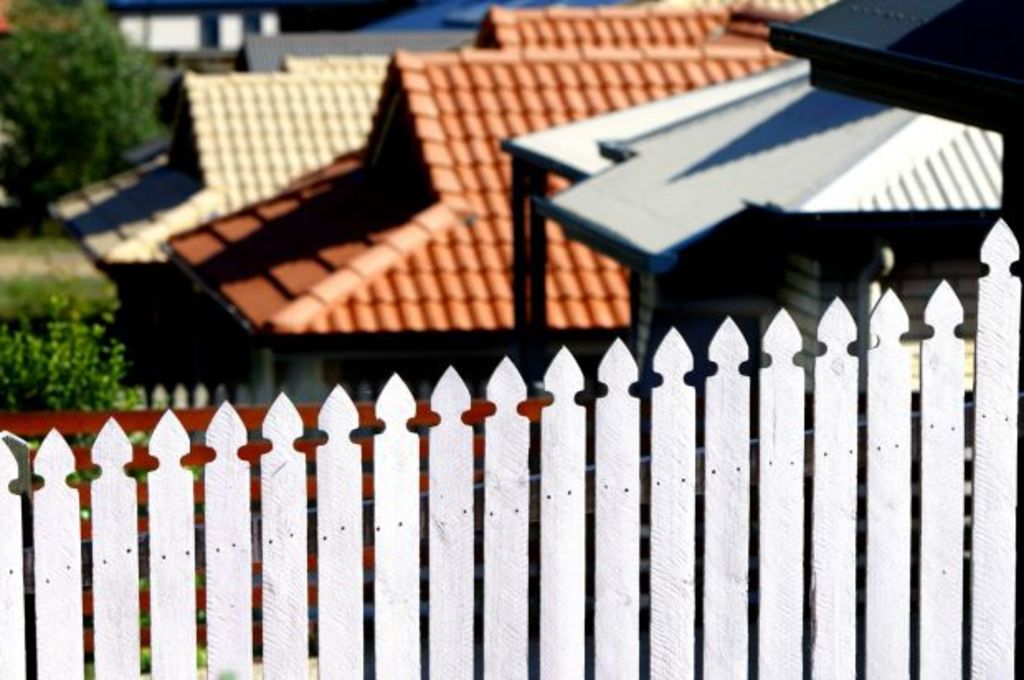APRA investor crackdown behind drop-off in apartment approvals

A significant drop-off in apartments in the construction pipeline has dragged down the number of buildings approved across the country in February, according to the latest data from the Australian Bureau of Statistics.
And experts predicted the trend would continue as more developers delay starting projects while tighter lending standards for investors coincide with a deluge of apartments hitting the market.
While the latest building approval figures show the number of detached houses approved in February increased over the month, there was a “sizeable fall” of 16.4 per cent (in seasonally adjusted terms) in the number of multi-unit dwellings, which comprises of private sector apartments, townhouses and semi-detached homes.
“There’s still a record number of cranes up on skylines, but it won’t last,” said AMP chief economist Shane Oliver. “You’ve got falling [property] prices in Sydney, and rising levels of unit supply, eventually the number of cranes across Sydney, and Melbourne, will start to come down.”
“As supply impacts at a time of tighter lending standards I think more developers [will decide] to start delaying projects,” he said.
Across the country total building approvals fell 6.2 per cent, despite a 1.9 per cent uplift in private sector houses to be built.
It was Western Australia and Tasmania which recorded the biggest drop-off, with the total number of dwellings approved to be built falling 28.9 per cent and 17.6 per cent.
While the total decline in approvals was above the 5 per cent the majority of economists anticipated, Mr Oliver said the construction pipeline was “certainly not collapsing”. In fact it was a more moderate swing back than he had expected off the back of a “strong” January, where total approvals jumped 17.1 per cent.
Housing Industry Association senior economist Shane Garrett said the sizeable fall in the number of apartments and high-density dwellings had come at a time when a near-record volume was under construction.
Mr Garrett agreed a key driving factor in declining apartment approvals was the drop-off in investors, off the back of increased restrictions for foreign investors and APRA’s crackdown on interest-only lending.
High-rise apartments had been hard hit, with the number of units approved for buildings four storeys or higher over the year to February, down 15 per cent on the previous year.
But Mr Garrett said approvals have yet to bottom out, predicting that won’t happen until about mid-2019.
“The thing that worries us … is that if fewer new apartments are being built it represents a risk to supply … and that could have unfavourable outcomes, in terms of acceleration of property prices and rents.”
The figures are more positive for detached houses, which Mr Garrett said were at their strongest since March 2016.
“The number of approvals for detached houses is continuing to strengthen, which is great news for the economic outlook,” said Mr Garrett.
“The markets which have tended to have a greater dependency on detached houses are starting to recover … stronger figures for detached housing are linked to an improved climate in states like Queensland, South Australia and Western Australia.”
Mr Garrett anticipated renovation activity across the country, which had been on the rise for eight months, would continue to strengthen.
“As people find it harder to get finance, as lending standards tighten, there will be more focus on renovating existing homes,” added Mr Oliver.
We recommend
We thought you might like
States
Capital Cities
Capital Cities - Rentals
Popular Areas
Allhomes
More







